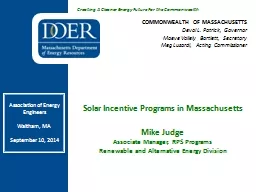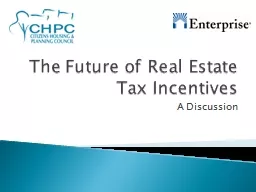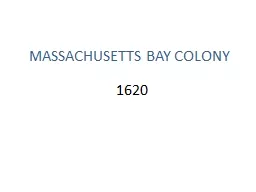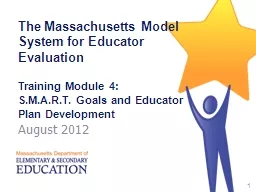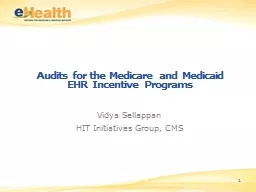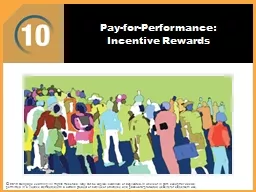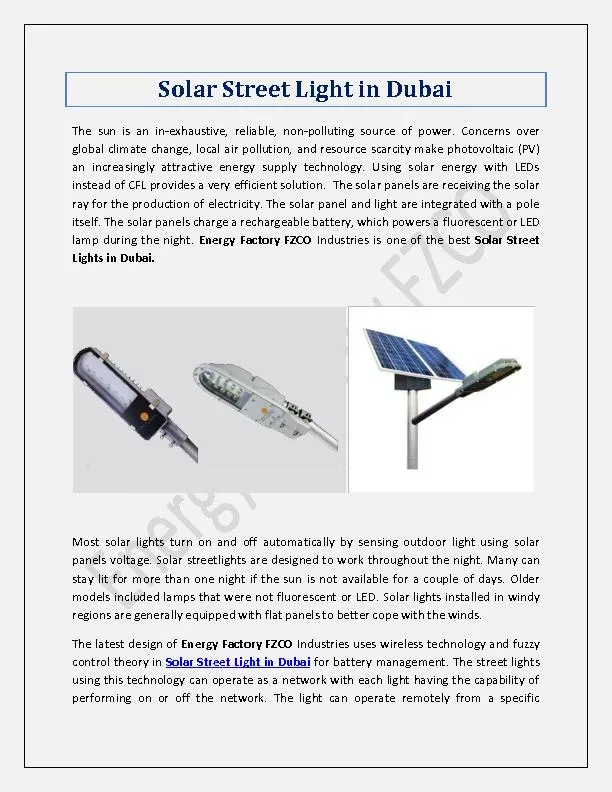PPT-Solar Incentive Programs in Massachusetts
Author : trish-goza | Published Date : 2016-03-26
Mike Judge Associate Manager RPS Programs Renewable and Alternative Energy Division Association of Energy Engineers Waltham MA September 10 2014 COMMONWEALTH
Presentation Embed Code
Download Presentation
Download Presentation The PPT/PDF document "Solar Incentive Programs in Massachusett..." is the property of its rightful owner. Permission is granted to download and print the materials on this website for personal, non-commercial use only, and to display it on your personal computer provided you do not modify the materials and that you retain all copyright notices contained in the materials. By downloading content from our website, you accept the terms of this agreement.
Solar Incentive Programs in Massachusetts: Transcript
Download Rules Of Document
"Solar Incentive Programs in Massachusetts"The content belongs to its owner. You may download and print it for personal use, without modification, and keep all copyright notices. By downloading, you agree to these terms.
Related Documents

